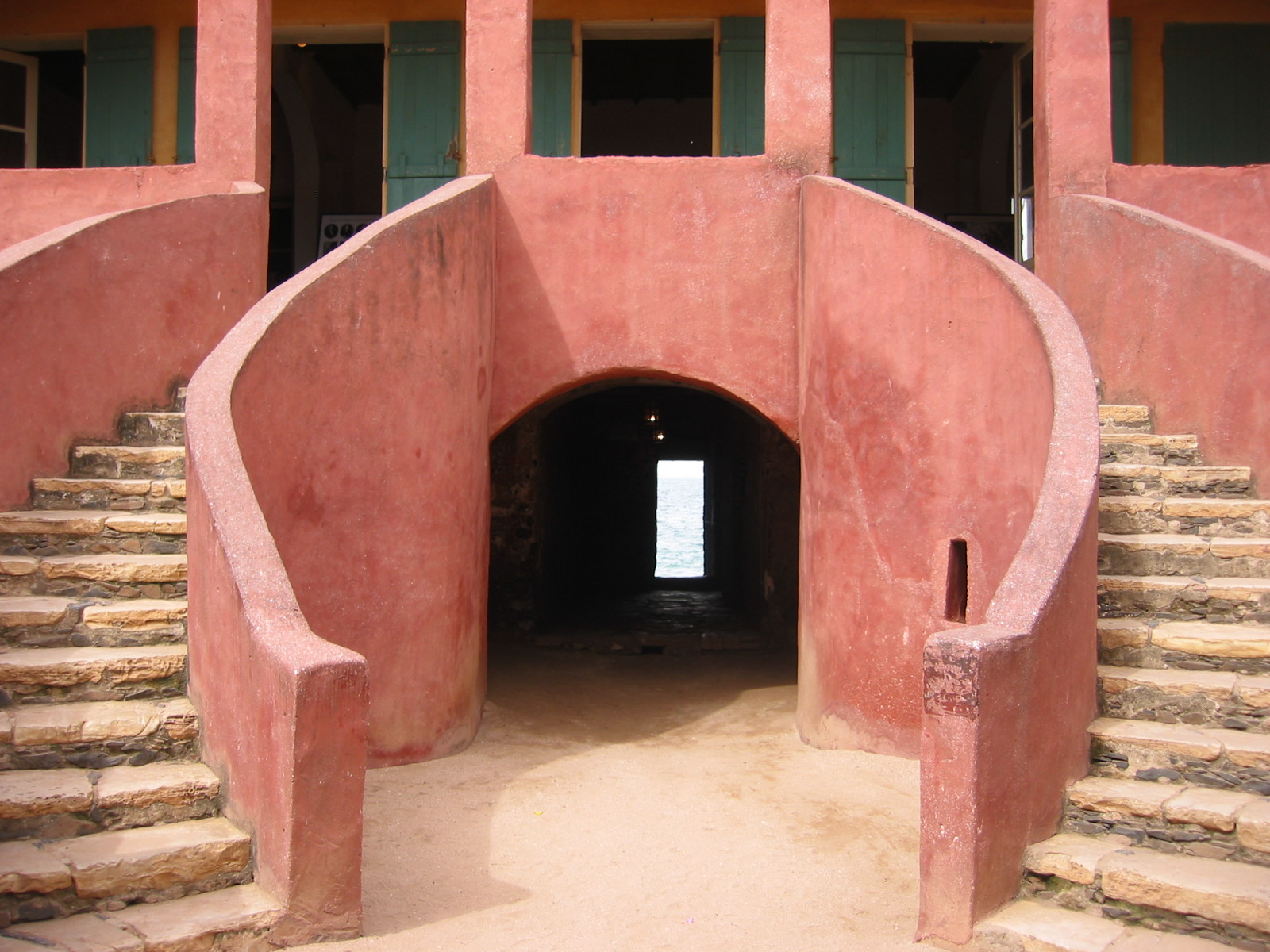African HistoryAfricans In DiasporaAway To AfricaSenegalWest AfricaWorld
A Day in Goree Island in Senegal – Africa Facts Zone

Advertisement
Goree Island in Senegal had a significant impact in the beginning of African history in the America’s. The Island is a little 45-section of land island situated off the shoreline of Senegal.
Goree Island was created as a focal point of the extending European slave exchange of Black African People.

Goree Island in Senegal’ Brief History
The principal record of slave exchanging there traces all the way back to 1536 and was directed by Portuguese, the main Europeans to go to the Island in 1444.
An expected 20 million Africans went through the Island between the mid-1500s and the mid-1800s. During the African slave trade, Goree Island in Senegal was a slave-holding stockroom, a flat out community for the exchange Africans.
People were binded and shackled. Upwards of 30 men would sit in a 8-square-foot cell with a little cut of window confronting outward.
One time each day, they were taken care of and permitted to take care of their needs, yet the house was overwhelmed with infection.
They were exposed naked, except for a piece of fabric around their waists. They were placed in a long restricted cell utilized for them to lie on the floor, one against the other.
The children were isolated from their moms. Their moms were across the yard, probable incapable to hear their children crying. The defiant Africans were secured in an abusive, little desk area under the steps of the ship.
Over their heads, in the seller’s lofts, balls and merriments were going on. However, more tragic than the cells and the chains was the “door of no return” through which every slave strolled to the slave boat, getting a last look at Africa.
What is Goree Island known for?
Goree island in Senegal is known as the area of the House of Slaves, built by an Afro-French Métis family around 1780-1784.
The House of Slaves is of the most established house on the island. It is utilized as a vacation location to show the horrors of the slave trade all through the Atlantic world.
After the decline of the slave trade from Senegal during the 1770s and 1780s, the town turned into a significant port for the shipment of peanuts, nut oil, gum arabic, ivory etc.
What happened on Goree Island in Senegal?
Goree Island in Senegal was a Slave depot. The delivery of slaves from Goree lasted for 312 years. The Portuguese, Dutch, French and English all battled and killed each other over the trade from the island.
How many slaves passed through Goree Island in Senegal?
Over 20 million Africans went through the Island between the mid-1500s and the mid-1800s. During the African slave trade, Goree Island in Senegal was a slave-holding stockroom, an outright place for the exchange of Africans.
A large number of West Africans were taken despite their desire to the contrary.
These Africans were brought to Goree Island, sold as slaves, and held in the holding distribution center on the island until they were sent across the Atlantic Sea.
They were sold in South America, the Caribbean, and North America to make another world.
Goree Island house of slaves

The House of Slaves was built in 1777 by the Dutch and stays intact with cells and shackles.
The Oceanic Historical center, private homes and fortresses are still standing. The Island today has around 1000 inhabitants.
Goree Island door of no return
The “door of no return” is where everyone walked to the slave boat, getting a last look at Africa.
How to get to Goree Island in Senegal
The goree island in Senegal lies off the shore of Senegal, opposite Dakar. From the fifteenth to the nineteenth centuary, it was the biggest slave-trading point on the African coast.
A ship runs each a couple of hours from the gare oceanic (traveler port) in Dakar to Gorée and is around a brief boat ride. The primary ship leaves Dakar at 7am and the last ship leaves Gorée getting once again to Dakar at 12 PM (after 1am on Saturdays).
Conclusion
At the point when the French abolished slavery in 1848, 6000 people, 5000 of them previous hostages were living on the goree island in Senegal.
Assigned by the United Nations Educational, Scientific Cultural Organization (UNESCO) to be a World Heritage Site, Goree Island in the 21st century holds and preserves every past of the Atlantic Slave Trave
Advertisment





